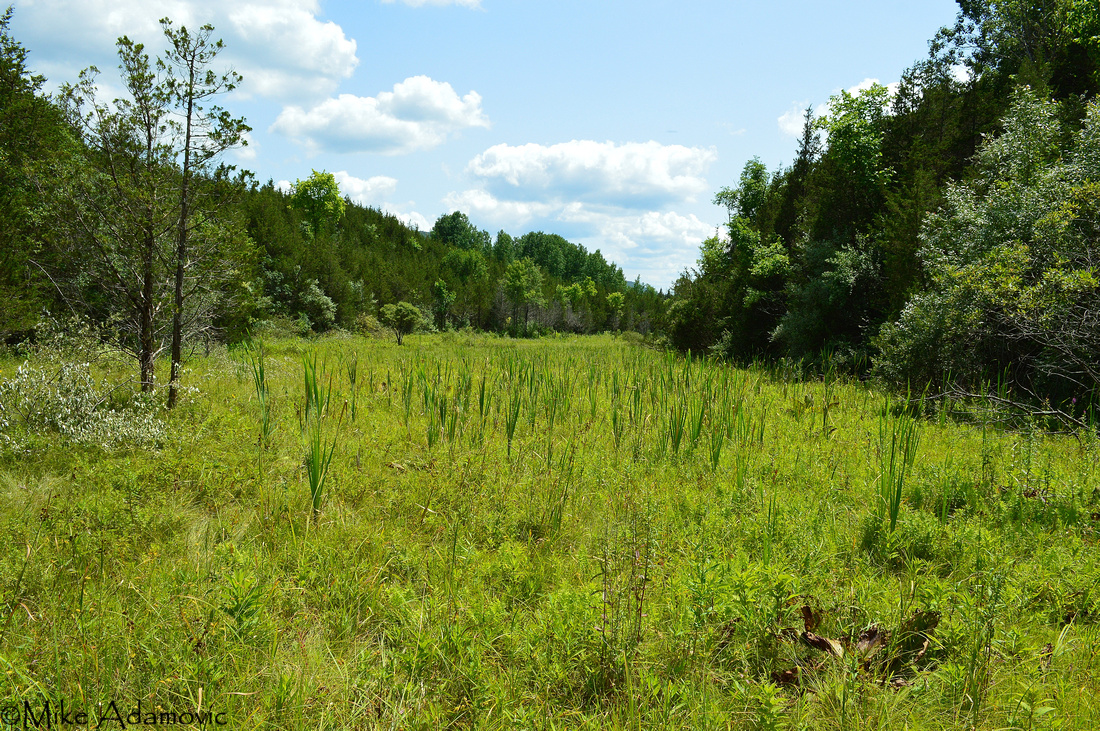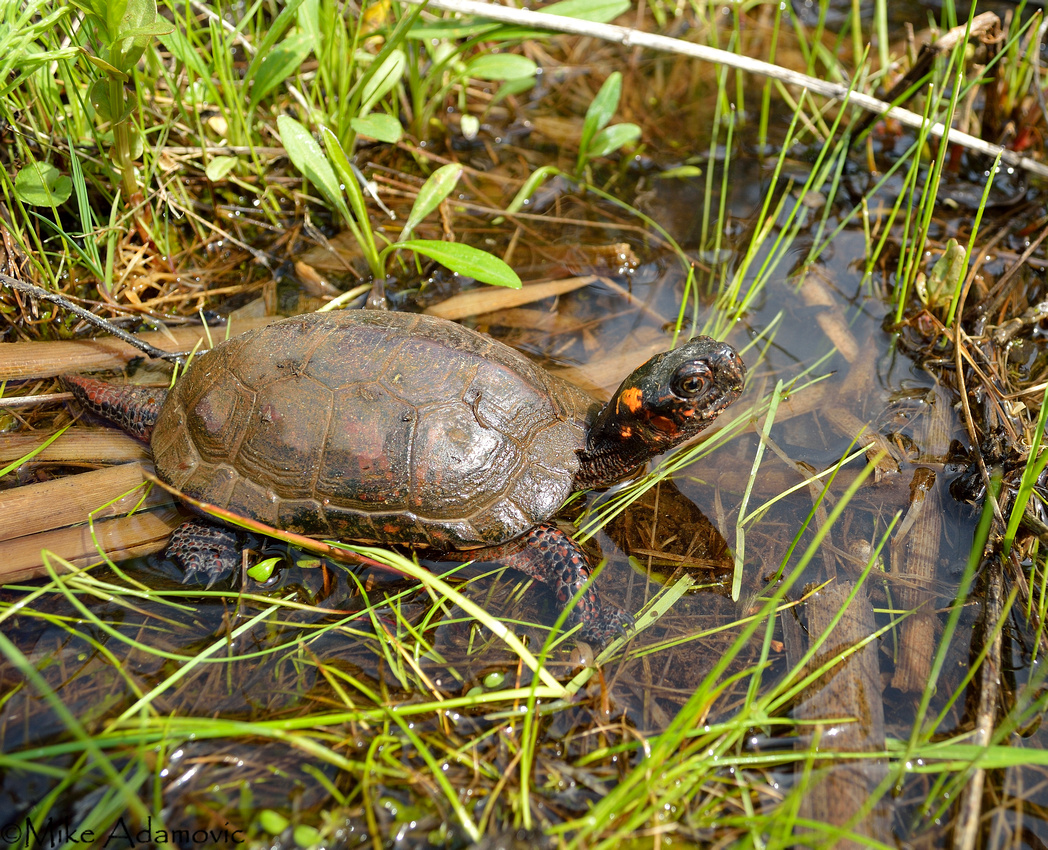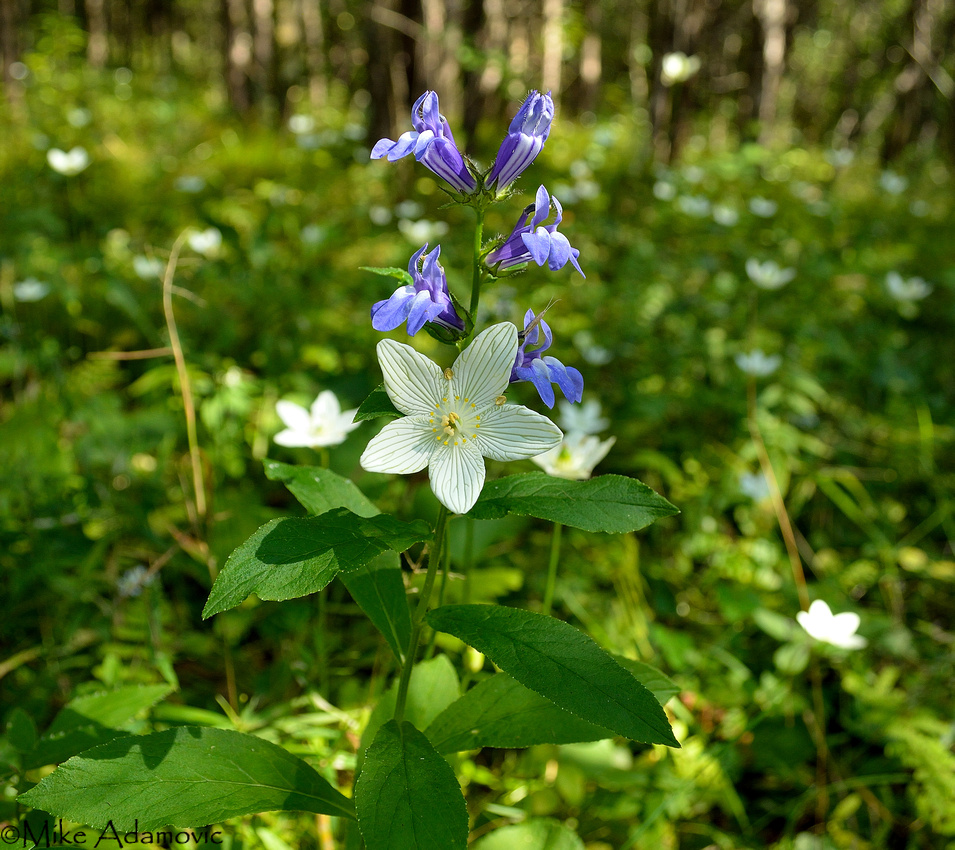Bogs and Fens


Sundew
Wetlands exist in many forms, the most common of which are lakes, swamps, and soggy riparian areas surrounding streams and rivers. Rarer types include bogs and fens. This latter class comprises only a small fraction of wetlands found throughout the Hudson Valley. Both are outliers, and if placed on a Bell curve would fall on opposite ends of the spectrum. Bogs contain highly acidic water, while fens possess more neutral to alkaline conditions. These wetlands have drastically declined over the last few centuries, a result of the misinformed belief that they are little more than smelly, detrimental mosquito breeding grounds. Many were dammed off and transformed into more usable ponds and lakes; others buried to make way for agriculture and development. These disappearances are a great loss. Bogs and fens alike contain many one of a kind organisms that are specially adapted to survive in extreme conditions and are found in few other places. Despite their often times small size, the diversity of life they contain is quite high.
In the Northeast, bogs are more plentiful than their alkaline counterparts. These peaty wetlands, normally occupying glacially scoured depressions, receive an unusually low pH by effectively being bottled up and stewing in a broth of humic acid released by the degradation or organic matter. The primary inflow of water is from precipitation. Comparatively small influxes of water, in conjunction with little run-off, results in acidic conditions that inhibit decay. Dead plant matter rapidly accumulates, forming thick layers of peat that keep valuable nutrients imprisoned within. Certain plants have circumvented the nutrient-poor conditions by taking on a feature characteristic of animals—carnivory. Pitcher plants, sundews, and bladderworts, have evolved specialized mechanisms to capture and digest insects to obtain key elements like nitrogen and phosphorous. Along with these plant oddities, bogs are dominated by quaking mats of sphagnum mosses and heaths (highbush blueberry, azalea, leatherleaf). Fleeting displays of rare orchids routinely add a touch of vibrancy to the scene, often serving as the highlight of a visit to those lucky enough to encounter them in bloom.


Pitcher Plants & Sphagnum Moss


Rose Pogonia
Aside from having a vastly different pH, fens differ from bogs by receiving significant water inputs from groundwater sources as well as precipitation. Upwelling springs and small braided streams supply a bulk of the moisture. Alkaline conditions are imparted to the system from the underlying rock strata, which in the case of our regional calcareous fens is normally limestone. The largest concentrations of these alkaline wetlands occur in Dutchess and Columbia counties. Due to a greater abundance of available nutrients, plant communities here contain a higher number of species than can be found in their acidic cousins. Unlike bogs that are clustered with shrubby heaths, the most prominent members of fens are grasses and sedges, making them resemble moist meadows. Several orchid species thrive among the knee-high vegetation, in addition to the "calciphiles," uncommon to rare plants tolerant of high calcium levels that live almost exclusively in limy soils. The reclusive bog turtle, an endangered species and smallest native turtle in America, also primarily makes its home in places such as these, despite its misleading name. Calcareous fens are one of the rarest natural communities on the continent and normally occupy no more than a handful of acres.


Calcareous Fen


Bog Turtle


Fringed Gentian


Grass-of-Parnassus & Great Blue Lobelia